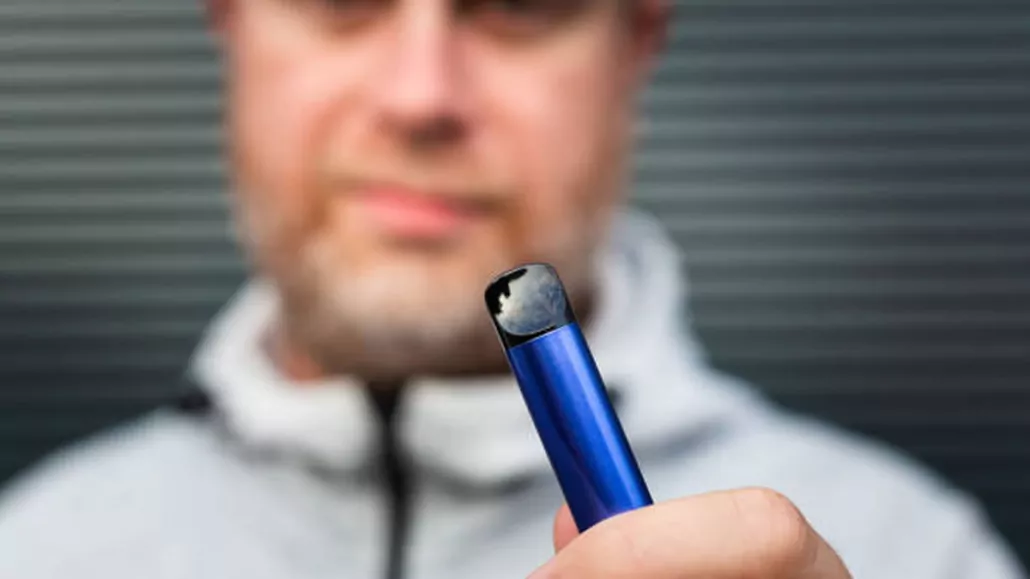Kyrgyzstan Enforces Total Vape Ban: Full Prohibition on Import, Sale, and Use Takes Effect July 1, 2025
BISHKEK – Central Asia’s strictest nicotine control regime is now active as Kyrgyzstan imposes a complete ban on all electronic cigarette products. Effective July 1, 2025, the landmark legislation signed by President Sadyr Japarov criminalizes the import, distribution, sale, and personal use of vape, vapor, and e-cigarette devices. This decisive move particularly targets youth-favored fruit flavored vape products, establishing unprecedented penalties across the supply chain.
SECTION 1: LEGISLATIVE MECHANICS & PENALTY FRAMEWORK
(Primary Keyword: E-cigarette Ban)
The “On Amendments to Certain Legislative Acts in the Sphere of Protecting Citizens’ Health” enforces three-tiered sanctions:
- Consumer Penalties:
Individuals using vape or e-cigarette devices face immediate fines of 100 Calculation Index (CI) units ($115) – equivalent to 10% of average monthly wages. Enforcement applies to all public and private spaces. - Commercial Violations:
- Retail sellers: $230 fines (200 CI units)
- Distribution entities: $750 fines (650 CI units)
Includes online marketplaces, social media sales, and physical stores.
- Importation Offenses:
- Standard violations: 2-12 months corrective labor or $1,390 fines
- Large-scale operations: $2,300 fines plus 2-year imprisonment
Customs data indicates $3.37 million worth of vapor products entered Kyrgyzstan in H1 2024 alone.
SECTION 2: LEGISLATIVE EVOLUTION & HEALTH RATIONALE
(Semantic Keywords: Vape Regulation, Public Health Policy)
The prohibition emerged through distinct phases:
| Timeline | Legislative Milestone |
|---|---|
| June 2024 | Parliament approval (73-3 vote) |
| August 2024 | Presidential revision request |
| November 2024 | Final signing with tiered penalty system |
Health Minister Alymkadyr Beishenaliev stated: “Fruit flavored vape products deliberately target adolescents with candy-like flavors. This ban prevents a generation of nicotine dependence.” Government studies revealed:
- 23% increase in youth e-cigarette adoption since 2022
- Disposable vape devices dominate 68% of school confiscations
- Rural communities report 40% lower vape awareness
SECTION 3: ECONOMIC & TRADE DISRUPTION ANALYSIS
(Keyword Integration: Vape Industry Impact)
The prohibition triggers significant market shifts:
Trade Flow Restructuring
China’s $6.6 million vape exports to Kyrgyzstan (2022-2024) must redirect to Kazakhstan and Uzbekistan. Domestic retailers face three options:
- Inventory liquidation (completed during 8-month grace period)
- Transition to IQOS heated tobacco (exempted from ban)
- Business termination
Tax Revenue Consequences
The $3.5-$4.7 million annual excise tax loss equals 0.2% of state revenues. Informal markets may expand, mirroring Kazakhstan’s experience where illicit vapor sales grew 300% post-regulation.
Manufacturing Loophole
Controversially, Article 4 permits e-cigarette production in Free Economic Zones (FEZs) for export. The $500 million Center Asia Tobacco facility in Tokmok secured exclusive rights, prompting parliamentary criticism of preferential treatment.
SECTION 4: ENFORECMENT REALITIES & CONSUMER RESPONSE
(Contextual Keywords: Vape Enforcement, Consumer Adaptation)
Implementation challenges emerge:
Enforcement Mechanics
The Ministry of Internal Affairs coordinates with:
- Customs Service (border interdiction)
- Local police (retail compliance)
- Education officials (school enforcement)
Parliamentarian Dastan Bekeshev warns: *”The $115 personal fine creates bribery opportunities. Street-level enforcement lacks monitoring systems.”*
Consumer Adaptation Patterns
Market surveys indicate:
- 42% of vapers switching to traditional cigarettes
- 28% seeking cross-border purchases from Kazakhstan
- 19% attempting DIY nicotine solutions (high-risk)
- 11% pursuing cessation programs
SECTION 5: REGULATORY COMPARATIVE ANALYSIS
(Semantic Keywords: Global Vape Regulations, Central Asia Policies)
Kyrgyzstan’s approach contrasts with neighbors:
| Country | Vape Policy | Key Measures |
|---|---|---|
| Kyrgyzstan | Full prohibition | Import/sales/use criminalized |
| Kazakhstan | Restricted sales | 150% excise tax, age verification |
| Uzbekistan | Regulated market | Health warnings, ad restrictions |
| China | Domestic sales ban (export allowed) | Flavor prohibitions |
The World Health Organization notes 34+ countries implement e-cigarette bans, though research indicates:
- 60% of prohibition countries report persistent illicit markets
- Youth usage declines by 15-25% post-ban
- Adult smoker cessation rates remain unaffected
SECTION 6: INDUSTRY CONSEQUENCES & FUTURE PROJECTIONS
(Keyword Focus: Vape Market Evolution)
Immediate Supply Chain Impact
- Chinese manufacturers lose top Central Asian market
- Local vape shops (est. 87 nationwide) face closure
- Logistics providers reroute shipments to Pakistan
Long-Term Market Forecast
Three probable scenarios:
- High Enforcement (40% probability):
- 70% reduction in visible vape usage
- Traditional cigarette sales increase 18%
- Moderate Enforcement (50% probability):
- Border region black markets flourish
- Corruption incidents rise
- Policy Reversal (10% probability):
- Constitutional Court challenges
- Exemption for medical nicotine devices
SECTION 7: GLOBAL CONTEXT & STRATEGIC IMPLICATIONS
(Semantic Keywords: Vape Industry Trends, Regulatory Strategy)
This prohibition coincides with critical global developments:
- The WHO Framework Convention on Tobacco Control (FCTC) recommends fruit flavored vape restrictions
- European Union debates region-wide flavor ban
- US FDA authorizes only 23 tobacco-flavored e-cigarette products
Discover more from Ameca-mall
Subscribe to get the latest posts sent to your email.

